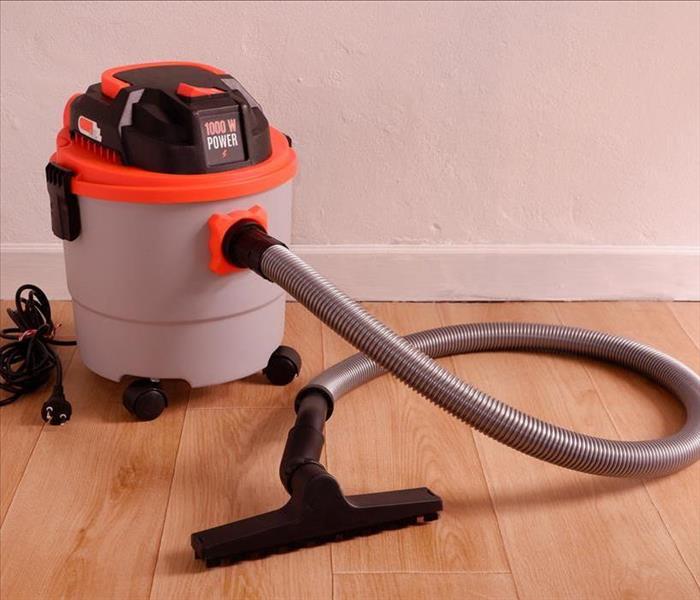My Basement Is Flooded! How Do I Remove the Water?
11/19/2021 (Permalink)
When you discover a basement flood in your West Valley City, UT, home, you are likely to have a range of emotions such as surprise, panic, and dread, and for good reason. The severity of water damage increases with every second, so it's essential to extract all the water as quickly as possible. It can also be hazardous, producing a risk of electrocution and creating a haven for mold growth.
First and foremost, shut the power off to the flooded area before anyone enters. If you can't safely navigate to the circuit breaker, call an electrician or the power company to turn it off. Also, stop the water at the source, if possible (e.g., from a burst pipe). If it originated from a hazardous source, such as a sewer backup, it is definitely time to call flood damage restoration professionals. They have the professional equipment and expertise to complete the remediation job safely thoroughly.
6 Methods for Eliminating Floodwater From a Basement
1. Sump Pump
A sump pump can give you some peace of mind during those heavy rainstorms. It'll help you avoid having to manually remove water from the area. It will also keep your home and its contents safer from water damage when you're at home and when you're away. Getting a sump pump installed in your home can provide a discount on your homeowners insurance coverage. If you already have one, make a point to test it and maintain it regularly so that it's there for you when you need it.
2. Wet/Dry Vacuum
A wet/dry vacuum provides perhaps the safest and most efficient way to extract water if you're doing it yourself. It's a great tool to have on hand for a quick cleanup. You can get wet/dry vacuums that hold various capacities of water. You'll just have to empty it when it gets full and then go back to work.
3. Buckets
Scoop up the standing water with flexible plastic buckets. One gallon of water weighs seven pounds, so this can be a very strenuous job. It's also not very efficient, but it's better than nothing.
4. Floor Squeegee or Push Broom
When you're dealing with a basement flood, after you've removed the majority of the water, you can push the rest of the standing water out the closest exterior door. A floor squeegee or push broom works well for this.
5. Mop and Towels
A mop will soak up residual water from a hard floor. Towels are good for absorbing any remaining puddles.
6. Air
Once all the standing water is removed, ventilate the area as much as possible. If the outdoor air is less humid than the indoor air, open windows and doors. Run fans and heat to remove the indoor humidity. Dehumidifiers are also very beneficial. Just remember to empty the water receptacle before it gets full.
If you have to deal with a basement flood once, you'll probably be motivated to avoid one at all costs in the future. Remember these tips so you can be prepared for a future disaster as much as you can.






 24/7 Emergency Service
24/7 Emergency Service
